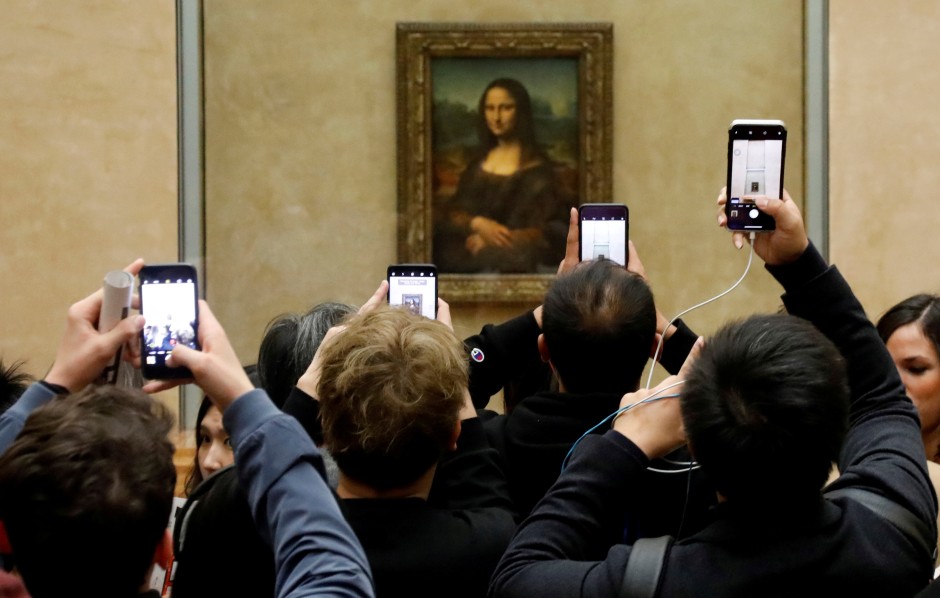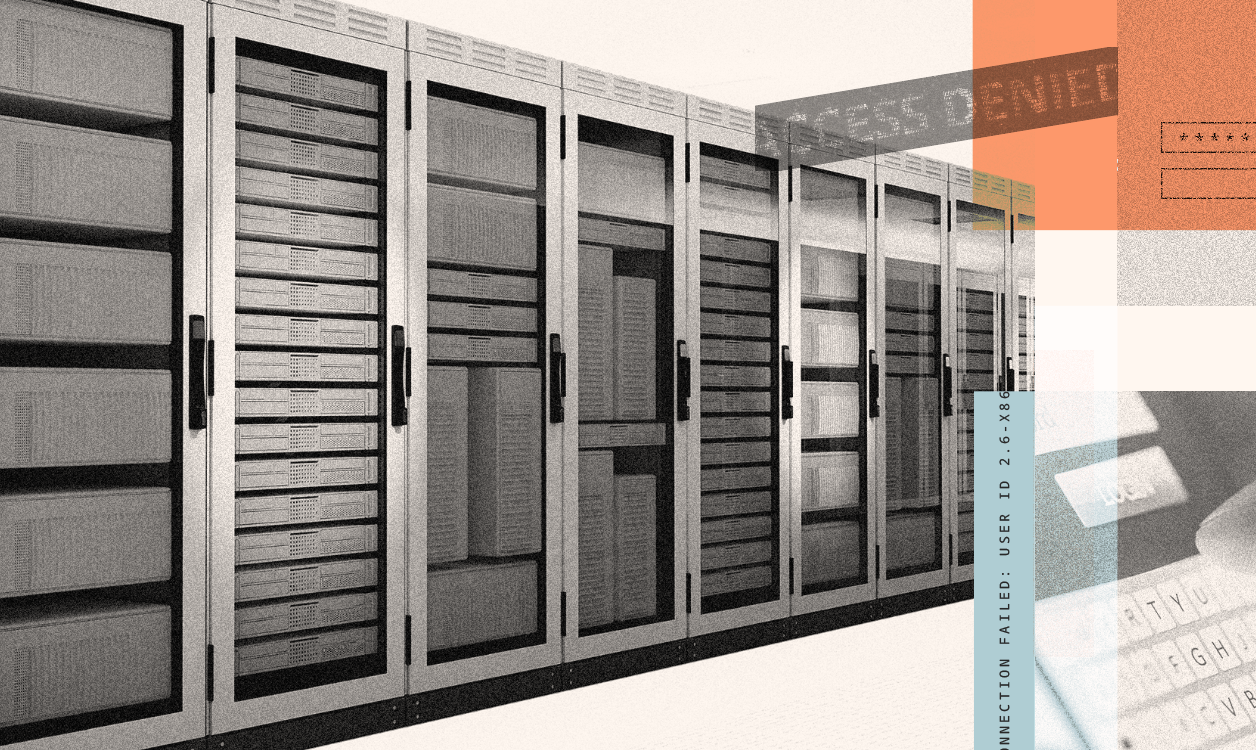
In June 2022, the Louvre discreetly imposed a cap of 30,000 on the number of its daily visitors. Before the pandemic, the world’s largest museum recorded more than 45,000 admissions on some days, in the record year 2018 they had totaled 10.2 million. After shrinking to almost a quarter in 2020 and 2021, visitor numbers have skyrocketed to 7.8 million in 2022. The locational advantage as a museum crown jewel of the most visited city in the world according to “Euromonitor 2022” as well as an extraordinarily art-loving local audience who love to go out have given the Louvre a occupancy rate almost at the pre-pandemic level last year. The same applies to all major Parisian museums: in 2022, their visitor numbers were only between ten and twenty percent below those of 2019. In the case of the Louvre, there is also the above-average proportion of foreign visitors, who have by no means returned in the usual droves. Almost all of the approximately six hundred thousand Chinese a year have stayed away since 2020 – with the abrupt end of Xi Jinping’s zero-Covid strategy, they are only now likely to gradually return.
A return to “normal” is becoming apparent – and here the museum director Laurence des Cars, who took office in 2021, has initiated a “small revolution” – as she recently put it in an interview with the “Journal des Arts”: “I am her first president of the Louvre to campaign for visitor numbers to be regulated. The latter must not be the only measure of success: we must move away from the fascination with numbers and find a balance conducive to the encounter between the public and the collections.” France is used in many places (and especially in the responsible ministry) as a benchmark for successful cultural policy, this is indeed a revolution. And one that is to be welcomed: Finally, it is no longer the increase in numbers that is the focus of reflection, but the quality of the museum visit. The only question is whether quotas are the appropriate means of increasing quality.
Four solutions to the problem
Asked what he thinks of the restriction on the number of visitors, Didier Rykner gives a nuanced answer. The founder of online art newspaper La Tribune de l’Art is a keen observer (and often critic) of the way the Louvre handles crowds. “The giant palace with its almost 73,000 square meters of exhibition space is by no means overcrowded,” explains the journalist. “The second floor, with the rooms for French and Northern European painting, is often sparsely visited. With Poussin or Vermeer you sometimes find yourself in a tête-à-tête! The same goes for the Département des Objets d’art in the Richelieu wing. On the other hand, the Grande Galerie is hopelessly overrun. So the museum is not under water as a whole, but is only flooded in certain sections.”








